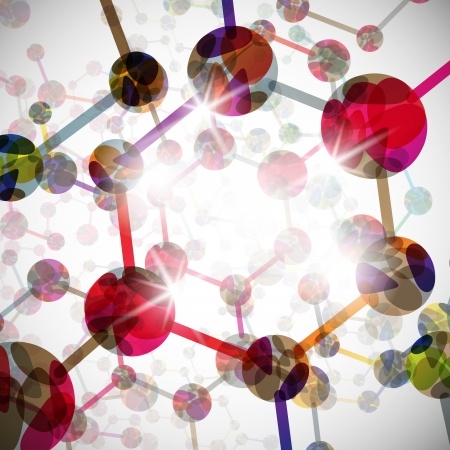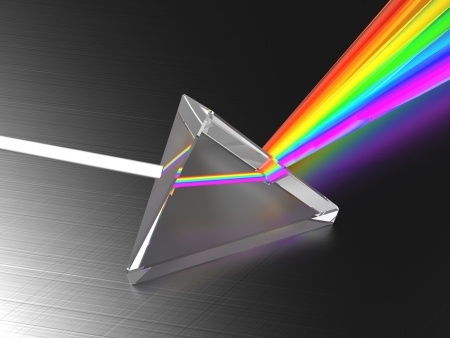Chemotherapy, taste, magnets, football helmets, caribou dung, ADHD, electric eels, comets and Sudbury – OMG, Science is so cool! This eclectic mixture of recent SciNews stories is brought to you by STAOBlog. SciNews is published every Monday and Thursday. Stay tuned for more
Share your favourite SciNews “gems” using the comment button.
How do you use scinews in your class? Share your tips using the comment button.
 Biology
Biology
Why Does Cancer Therapy Make Food Taste Terrible? Scientific American
People who go through chemotherapy say one of the most frustrating side effects is that even their favorite foods taste awful. Pasta tastes like cardboard, meat tastes metallic. Patients have no desire to eat and end up getting fewer calories and less nutrition when they need it most—to battle the cancer as well as the ravages of the therapy. Read more…
Revived ancient virus raises concerns about melting permafrost. Canadian Geographic.
As Canada enters flu season, it may seem difficult to care about any other virus, least of all a virus found in 700-year-old frozen caribou dung. But the latter virus, just recently unearthed in the Northwest Territories, was revived from ancient scraps of DNA and has now successfully infected a modern-day tobacco plant.
It started when a team of researchers traipsed into the Selwyn Mountains, chasing artifacts. They suspected that aboriginals had hunted on the ice patches long ago, since caribou gather on them in the summer to seek relief from the heat and mosquitoes. Read more…
 Chemistry
Chemistry
Scientists estimate total weight of plastic floating in world’s oceans: Nearly 269,000 tons of plastic pollution floating in the ocean. Science Daily
Nearly 269,000 tons of plastic pollution may be floating in the world’s oceans, according to a new study. Microplastic pollution is found in varying concentrations throughout the oceans, but estimates of the global abundance and weight of floating plastics, both micro and macroplastic, lack sufficient data to support them. To better estimate the total number of plastic particles and their weight floating in the world’s oceans, scientists from six countries contributed data from 24 expeditions collected over a six-year period from 2007-2013 across all five sub-tropical gyres, coastal Australia, Bay of Bengal, and the Mediterranean Sea. Read more…
ADHD linked to air pollutants. Science News for Students
Children have an increased risk of attention problems, seen as early as grade school, if their moms inhaled a certain type of air pollution when they were pregnant. That’s the finding of a new study. Released when things don’t burned completely, this pollution is known as polycyclic aromatic hydrocarbons, or PAHs. The biggest sources of these PAHs: the burning of fossil fuels, wood and trash.
Frederica Perera works at Columbia University’s Mailman School of Public Health in New York City. She researches how exposure to things in the environment affects children’s health. In a new study, she and her team studied the exposure to air pollution of 233 nonsmoking pregnant women in New York City. Because burning tobacco can spew PAHs into the air and lungs, Perera’s team focused on nonsmokers. The researchers wanted to probe other sources of PAHs, ones that would have been hard for an individual to avoid. Read more…
 Physics
Physics
Magnets may make helmets safer. Science News for Students.
Adding magnets to football helmets could reduce the risk of concussions, a new study finds. When two players collide, the magnets in each player’s helmet should repel the other’s. This should reduce the force of the collision.
Football helmets now work by dispersing the energy as an impact occurs, explains neuroscientist Raymond Colello. Helmets with built-in magnets could put a brake on an impact before it happens, he says. Colello works at Virginia Commonwealth University in Richmond. He shared his team’s data November 15 at the annual meeting of the Society for Neuroscience. Read more…
Electric eels use remote control on their prey. Eureka Alert
When an electric eel charges all its biological batteries, it can send out a 600 volt zap through the water. Impressed? What if we told you that it uses that power in a way that is even more…ahem…shocking? It turns out that the eels are using those zaps to remotely control the muscles of fish that they want to eat. Read more…
 Earth and Space Science
Earth and Space Science
Rosetta casts doubt on comets as Earth’s water providers. Science News
Data from the Rosetta mission are raising doubts about the idea that Earth’s oceans are filled with water from comets.
The water in comet 67P/Churyumov–Gerasimenko’s thin, hazy atmosphere doesn’t chemically match Earth’s oceans, suggesting that asteroids, not comets, brought water to Earth billions of years ago, said planetary scientist Kathrin Altwegg of the University of Bern in Switzerland in a news conference December 9. Read more…
Comet Strike to Blame for Canada’s Iconic Sudbury Basin. Scientific American.
The origins of a massive 1.8 billion-year-old crater in Canada has been revealed. The Sudbury Basin, which is the world’s second-largest impact crater, was likely formed by an enormous comet that battered Earth more than 1.8 billion years ago, new research suggests. Read more…




